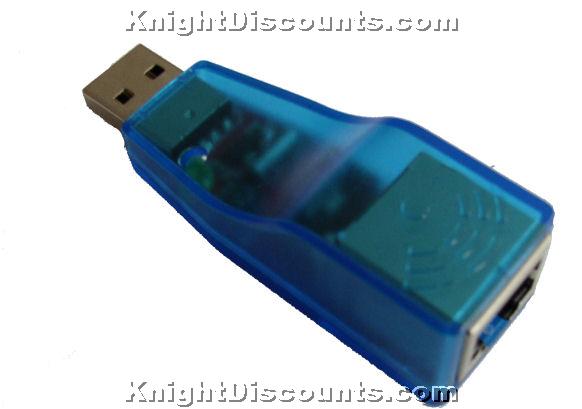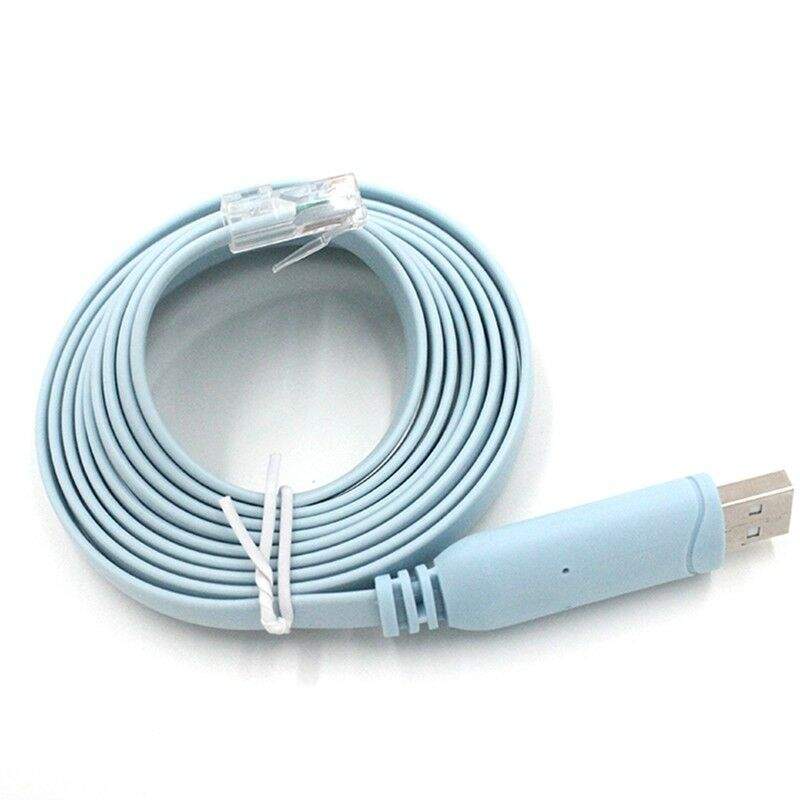


USB vs Ethernet Transfer Speedĭepending on the cable specification, a USB or Ethernet cable can both support high data transfer speeds. Generally, a USB cable has a maximum length of 5 meters to still be considered reliable at sending/receiving data.Įthernet cables can be up to 100 meters long – significantly longer than USB. When it comes to comparing the maximum length a USB and Ethernet cable can support, Ethernet cables typically exceeds USB. The devices at both points need to have their power source. On the contrary, Ethernet can only transfer data. This can occur in peripheral devices such as a USB-powered fan or light. Some devices will only even draw power from the USB port but will not interface with the processor. USB can provide a small amount of power to computing devices. Below are various comparison factors to help distinguish the two and some of their advantages. Comparing USB and Ethernetīoth USB and Ethernet can be used to connect computers to devices, but knowing various aspects can help determine which is best for certain applications. This address is used to identify the device on the network. In some cases, the port must be configured with an IP address. Once a connection between the computer and device is established, the Ethernet port will automatically configure itself with the appropriate settings and will be ready to send and receive data. While Ethernet is commonly used to create a hardwired Internet connection between a computer/device and an Internet router, it can also be used to connect other devices together for example, desktop to desktop, desktop to laptop, computers to printers, and other commonly used peripherals in the home or the office. What is Ethernet?Įthernet, on the other hand, is a high-speed networking protocol that connects devices over a wired network like local area network (LAN) or wide area network (WAN) using an Ethernet cable connection. By standardizing this connection and port, USB has made it possible for consumers to seamlessly connect various peripheral devices with their computer. Today, millions of devices today have adopted the USB standard, including many we use daily, from keyboards, mice, cameras/webcams, USB flash drives, audio devices, and much more. Additionally, some devices can draw power from the USB which eliminates the need for extra power adapters. Through the USB standard, the devices can communicate back and forth.
Usb to rj45 how to#
Once a peripheral device is connected to the host computer, a sequence of steps known as the enumeration process is performed to allow the host to quickly learn about the device and how to interact with it. For instance, all USB devices are self-identifying on the bus and offer plug-and-play capabilities. To make this possible, all USB devices share some key characteristics. USB was created to establish a universal standard for connecting computing devices together, helping to replace the existing mixed-connector system with a simpler architecture and reduce the number of cables and different connection types used within the setup.
Usb to rj45 serial#
USB, or Universal Serial Bus, is a serial protocol used to transfer data and power between devices, typically a host computer and a peripheral device ( input/output devices). In this blog, we will discuss the differences between USB and Ethernet, their own capabilities and qualities, and when they are favored in specific use cases.

For instance, Ethernet is almost exclusively used for wired networking, while USB is most often used to connect computers to USB peripherals that include mice, keyboards, cameras, etc. While they both are similar in this aspect, they also have different purposes and are preferable for certain applications. USB and Ethernet are physical connectors that can connect multiple computers or devices and utilize a specific protocol to govern how messages are sent and received over the network or bus.

USB and Ethernet are both connectivity technologies that are heavily used in modern day computers almost all computers include at least one of each port within its design.


 0 kommentar(er)
0 kommentar(er)
